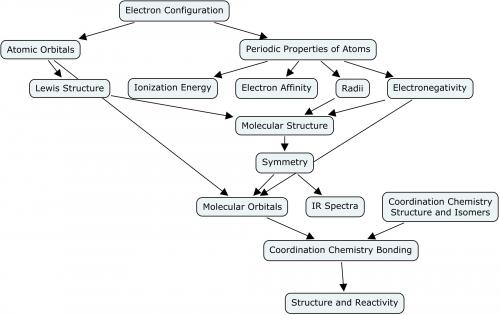NSF proposal on teaching/learning symmetry information
Hello! Maia Popova (https://chem.uncg.edu/person/popova/) and I (https://chem.wisc.edu/staff/pazicni-sam/) are putting together an NSF IUSE proposal to investigate student learning of molecular symmetry and how classroom practices influence this learning. We would greatly appreciate if VIPEr members would consider one or both of the following requests:
